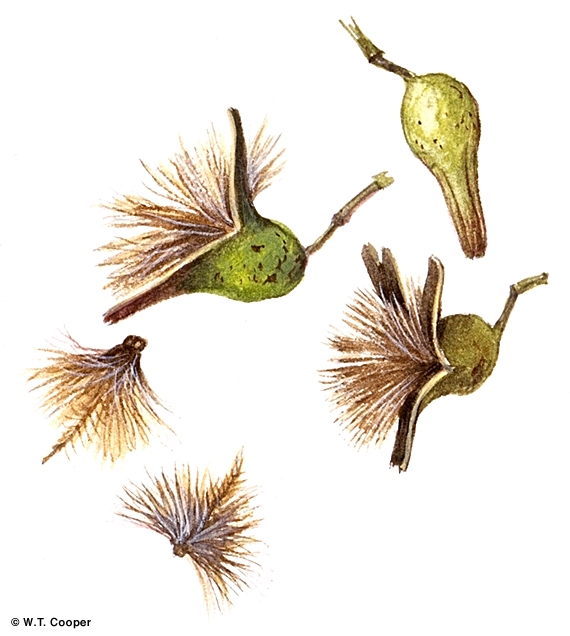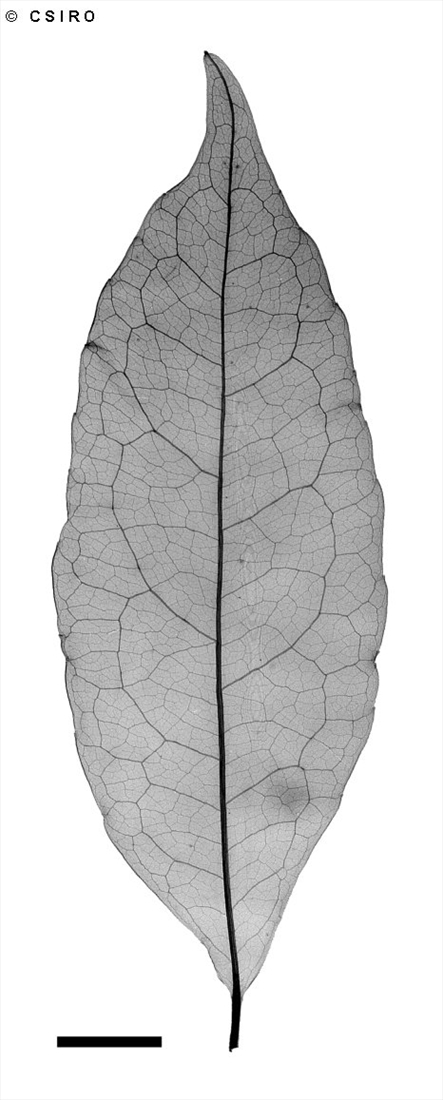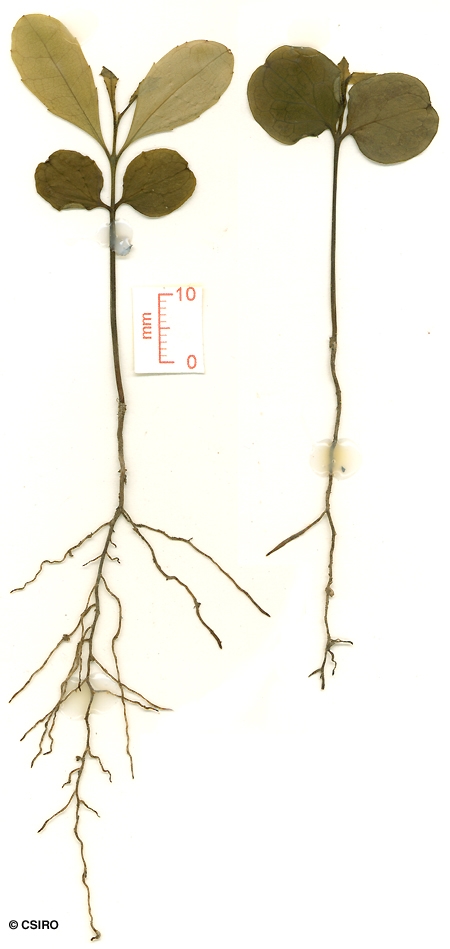Australian Tropical Rainforest Plants - Online edition
Doryphora aromatica (F.M.Bailey) L.S.Sm.






Smith, L.S. (1958) Proceedings of the Royal Society of Queensland 69: 48.
Net Sassafras; Sassafras, Northern; Sassafras; Sassafras; Grey Sassafras; Northern Sassafras; Northern Grey Sassafras
Blaze odour strong, closely resembling sarsaparilla.
Fruiting receptacle +/- lageniform or obpyriform, splitting to release what appears to be plumed seeds (actually plumed fruits). Plumes about 15 mm long overall with individual hairs also attached to the fruiting carpel itself.
Endemic to NEQ, widespread throughout the area. Altitudinal range from near sea level to 1200 m. Grows in well developed rain forest on a variety of sites but probably reaches its best development on soils derived from basalt. In mountain rain forest this species tends to grow along creeks and in gullies and is not found on ridge tops.
Food plant for the larval stages of the Macleay's Swallowtail and Blue Triangle Butterflies. Common & Waterhouse (1981).
Stem bark material of this species was active against tumor cell cultures. Collins et al. (1990).
Produces a useful but rather dull, short-grained timber. Wood specific gravity 0.56. Cause et al. (1989).





